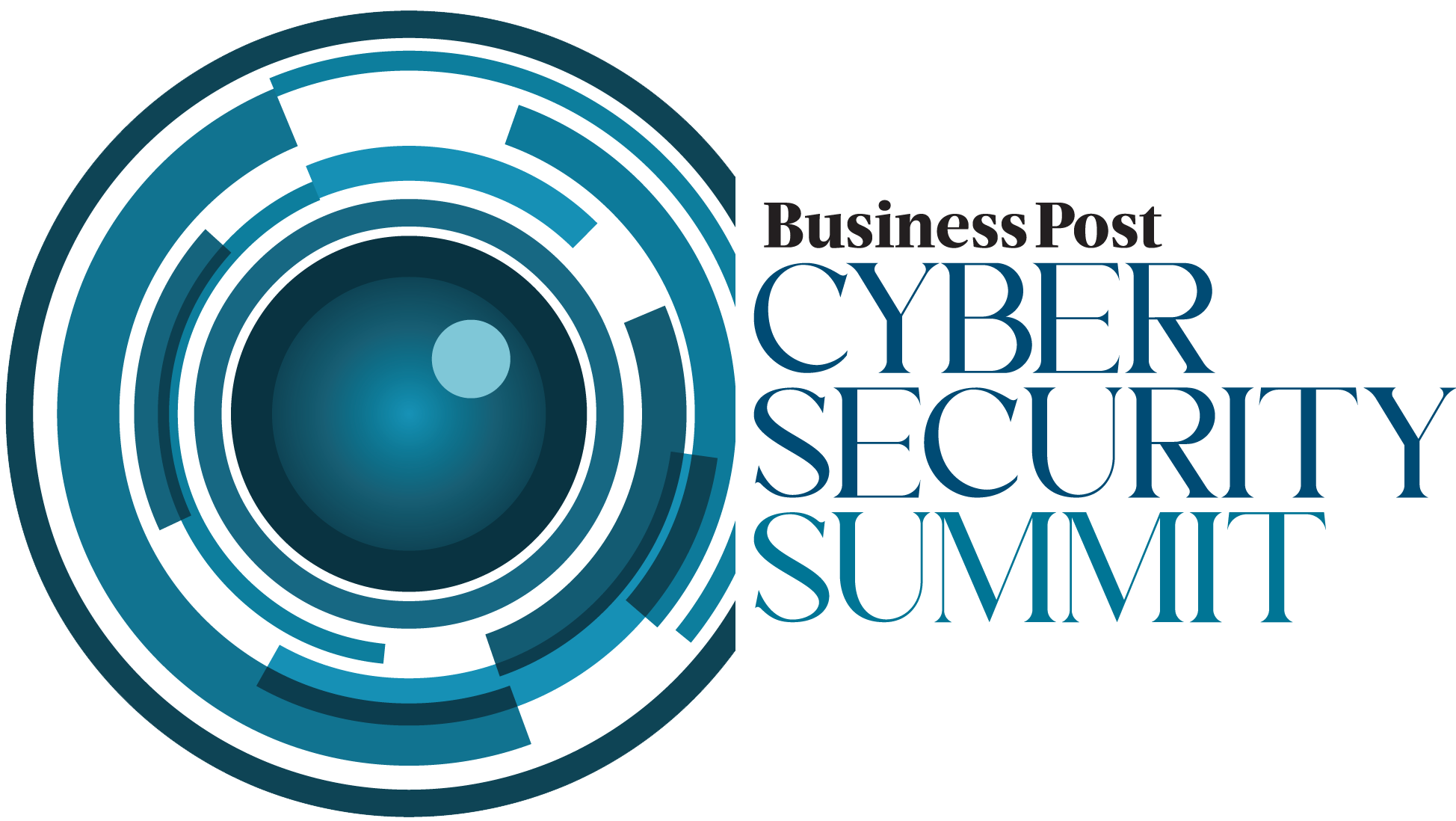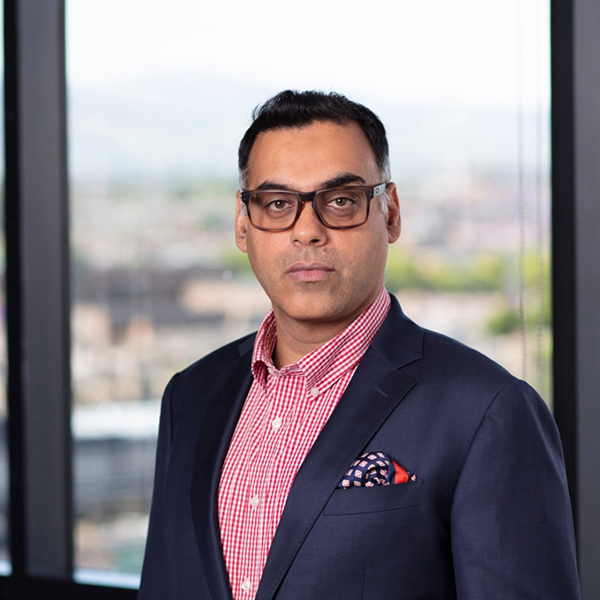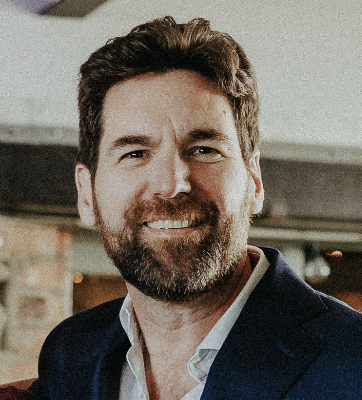With various EU directives coming online over the next 12 months, what will this mean for CISO, Organisations and IT professionals? Our panel will discuss how organisations need to be compliant and how to reduce the risk of fines or warnings for the changing regulations.
2024 Agenda
Policy Developments
9:10am
KEYNOTE ADDRESS:
AI & Cyber – Navigating the regulatory reset
Partner, Head of Cyber UK & Ireland, EY
9:25am
PANEL DISCUSSION:
Future EU Regulations in Action – EU AI/NIS2/DORA Directives – What Does This Mean?
Founder and CEO, Galvia AI
Head of Engagement, Ireland’s National Cyber Security Centre (NCSC)
Head of Compliance and Risk, Fexco Group
Future trends – threats and developments on the Horizon
10:10am
INTERNATIONAL KEYNOTE ADDRESS:
Being Human To Protect Your Critical Assets
CEO and Founder, ishca health
10:25am
PANEL DISCUSSION:
Defending the nation of Ireland and the Potential Impact on Foreign Direct Investment
Do you think we as a nation are ready to defend ourselves against a large-scale cyber-attack from an external entity?
On this panel we will discuss what is currently being done to protect Irish infrastructure and businesses against the ever-increasing threat of international hackers. Is this enough and what should we be doing to strengthen our protection. The panel will also discuss Ireland’s National Cyber Security Strategy and the potential impact that not taking these threats seriously could have on foreign direct investment.
Chief Security Officer & Country Manager, Barclays Bank Ireland
Independant TD, Seanad Éireann
Director of Communications, Information Services & Cyber Defence, Irish Defence Forces
CEO and Founder, ishca health
Detective Superintendent, An Garda Síochána
11:00am
Networking Coffee Break & Exhibition Viewing
STREAM 1: Compliance And Security
How To Reduce and Contain Risk and What to Do If the Worst Happens
11:35am
SPOTLIGHT ON:
The Bare Necessities – Ransomware Survival
Assistant Professor in IT Law, School of Law, Trinity College Dublin
11:50am
PANEL DISCUSSION:
Cyber Resilience – Best Practices and Strategies
Prioritising cyber resilience has never been more essential! Following the introduction of the European Union’s NIS2 directive, we will discuss the challenges and risks organisations will face and when implementing upcoming EU Regulations including: NIS2, DORA and the EU AI Directive. Our panel will cover what this means for you and your organisation.
Principal Solution Architect, Armis Security
PhD, Cybersecurity Lecturer, Munster Technological University
Partner, Cyber, EY Ireland
Governance Risk & Best Practice, Senior Manager, Group Information Security, CRH Group
12:30pm
PRESENTATION:
Enhancing security monitoring in critical infrastructure for NIS2 compliance
Security monitoring, threat intelligence, and automated incident response are crucial for organizational security and this session explores how to strengthen them to meet NIS2’s risk management, data protection, and reporting mandates.
IT Security Solutions Expert, ManageEngine
12:45pm
Secure your organisation beyond the endpoint – Learnings & Outcomes from a Security Operations Centre
Internet-of-Things (IoT) devices have increasingly been the target of malicious attacks. Even after numerous reported incidents the use of IoT devices in organisations has not slowed down. Being relatively cheap, small, and easy to deploy, IoT devices provide many useful capabilities including environment monitoring, surveillance, data streaming, and acting as direct communication between parties. So how do organisations protect themselves from being a target?
Senior Systems Engineer, Arctic Wolf
STREAM 2: The Human Factor
How to Ensure a Workforce for The Future and Empower Employees to Be the Extra Line of Defence
11:30am
Opening Remarks from The Stream Chair
Director for Ireland, WiCyS UKI Affiliate
11:35am
KEYNOTE ADDRESS:
Securing the Human Firewall – Empowering Users in Cybersecurity Defence
Senior Security Consultant, Cyber for School Girls
11:50am
PANEL DISCUSSION:
The Weakest Link – Human Factor in Cybersecurity – How to Empower Users to Be Defenders
Despite advancements in technology, human error remains a weak link that attackers could exploit. In this session we will discuss the crucial role individuals play in safeguarding digital systems against the evolving threat landscape. Our Speakers will explore the different human behaviours that contribute to security breaches and discuss practical strategies that organisations could take to minimise security breaches.
Program Director for Change and Transformation, ARevolution
Co-founder, Cyber Awareness Ireland
Director of ICT, National Treatment Purchase Fund (NTPF)
Head of Cybersecurity, Ireland CDC, Tata Consultancy Services
12:30pm
PRESENTATION:
Beyond BYOD – Protecting Your People and Your Data in An Increasingly Blended Work Environment
Ways in which your Cyber Security can be compromised, in addition to attacks from bad actors can also include inadvertent mixing of data and workflows across corporate and personal IT
Examples of how the increasing complexity and blurred boundaries between work and home can lead to inadvertent data leakage and increased cyber risk
Drafting and presenting policies and controls in a way that brings your people – your last line of defence – with you, even if they are non technical.
Enterprise ICT Assurance Manager, Data Protection Commission (DPC)
12:45pm
SPOTLIGHT ON:
Engaging Colleagues in Cyber Security – 2 Practical Techniques You Can Use To Get Information From and Answer Your Colleagues Questions About Cyber In Your Organisation.
Founder, Impactful Project Management
1:00pm
Networking Lunch Break & Exhibition Viewing
2:05pm
PANEL DISCUSSION:
Cybersecurity Skills Gap – Do We Have a Skills Gap or a Retention Issue?
Can academia and cyber experts work together to provide a continuous supply of qualified cybersecurity professionals? Do Irish organisations face a skills gap or a retention issue? How organisations can encourage diversity and inclusion in their workforce?
Associate Professor, School of Computer Science, UCD
Partner Solution Architect, Global Partner Sales, Microsoft and Founder, International Women in Tech
Senior Security Consultant, Cyber for School Girls
Chair, CEN/TC 428 ICT Professionalism and Digital Competences
2:35pm
PANEL DISCUSSION:
Securing Critical Sectors and Infrastructure in A Changing Threat Environment
CIOs can take the CrowdStrike outage as an opportunity to reassess their company’s preparedness against major outages. Testing out crisis scenarios and developing business continuity plans are some of the tools available to tech chiefs before the next major IT outage strikes.
Business Continuity & Cyber Security Assurance Manager, ESB Networks
Neha Agrawal, Director - Cybersecurity, EY Ireland
Cyber Security Architecture Manager, Uisce Éireann
Delivery Director, Cyber Transformation, HSE
3:10pm
PRESENTATION:
Smart Tech, Smarter Threats: The Future of Cyber Risk Management
In this talk, Blessing Usoro explores the cybersecurity risks that organisations, businesses, and the public face as emerging technologies advances. She will highlight real threats such as deepfake attacks, and automated hacking tools. Blessing will discuss data privacy concerns, vulnerabilities in critical infrastructure, and the ethical issues of using machine learning technologies in cybersecurity. Attendees will learn practical tips and best practices to protect their digital infrastructure and personal data, gaining a clear understanding of how to navigate the complex world of cybersecurity in the emerging technologies era.
Information Security Manager, Cyber for School Girls
3:25pm
PANEL DISCUSSION:
Future Trends in Cybersecurity: Anticipating Threats and Opportunities in 2025 and Beyond
Panel to discuss exploring new cybersecurity threats in 2025 this panel should cover areas such as AI-powered attacks, quantum computing vulnerabilities, supply chain risks.
Former Director of Technology Innovation at Novartis
Founder, Fortify Institute
CEO, Orcawise
Chief Cybersecurity Architect, Citi
3:50pm
GOVERNMENT ADDRESS:
Update on Ireland’s Cyber Security Status
Minister of State at the Department of Public Expenditure, National Development Plan Delivery and Reform and at the Department of Environment, Climate and Communications
3:50pm







































